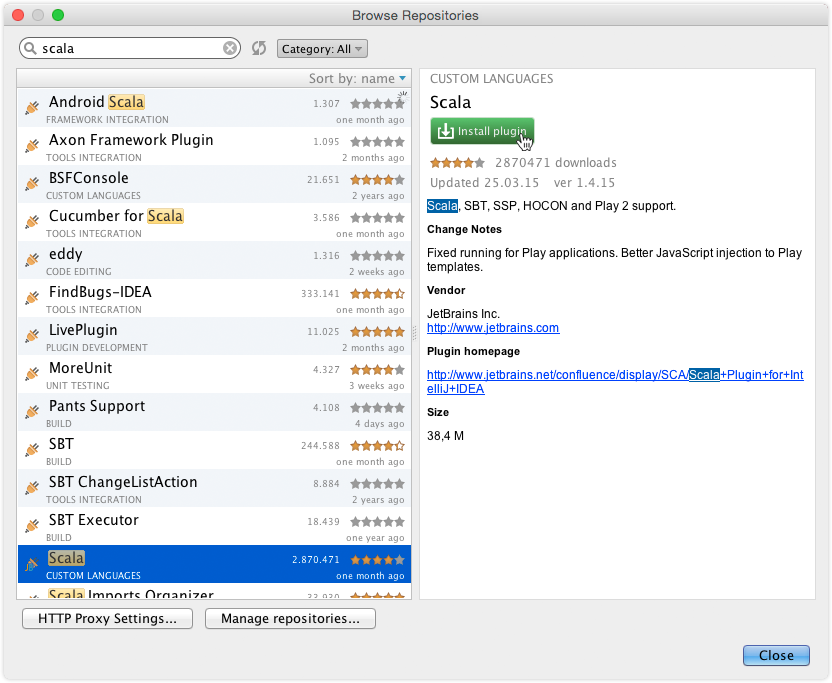
Step 5 – The below image shows that the latest code is moved to GitLab.

It will ask for credentials to the GitLab, provide them. Step 4 – A window opens where we need to mention the location where the project should be pushed in GitLab.Ĭlick the OK button. Select the files you want to commit and mention a message in the below message box as “ New project from IntelliJ to GitLab“. Step 3 – This will show all the files which are uncommitted. Step 2 – Go to Git option present at the top and then select “ Commit” option. This will convert the project to a Git project. Step 1 – Go to Git at the top, select VCS ->VCS Oprations -> Create Git Repository. In this article, we will see how to push an existing project to GitLab using Eclipse IDE. Moving to a single application will speed up your workflow and help you deliver better software, faster. These silos take overhead to integrate, manage, configure, and maintain, slowing down your team and your deployments. If you’re not using GitLab, your DevOps lifecycle is likely spread across any number of applications. Paste a copy of the CI/CD configuration you want to check into the text box.GitLab is the open DevOps platform, delivered as a single application that spans the entire software development lifecycle.On the left sidebar, select CI/CD > Pipelines.On the top bar, select Main menu > Projects and find your project.To check CI/CD configuration with the CI lint tool:

The CI lint tool checks the syntax of GitLab CI/CD configuration, includingĬonfiguration added with the includes keyword. If you use VS Code, you can validate your CI/CD configuration with the If you use the pipeline editor, it verifies configuration This tool checks for syntax and logic errors, and can simulate pipelineĬreation to try to find more complicated configuration problems. gitlab-ci.yml file or any other sample CI/CD configuration. Use the CI Lint tool to check the validity of GitLab CI/CD configuration.


 0 kommentar(er)
0 kommentar(er)
